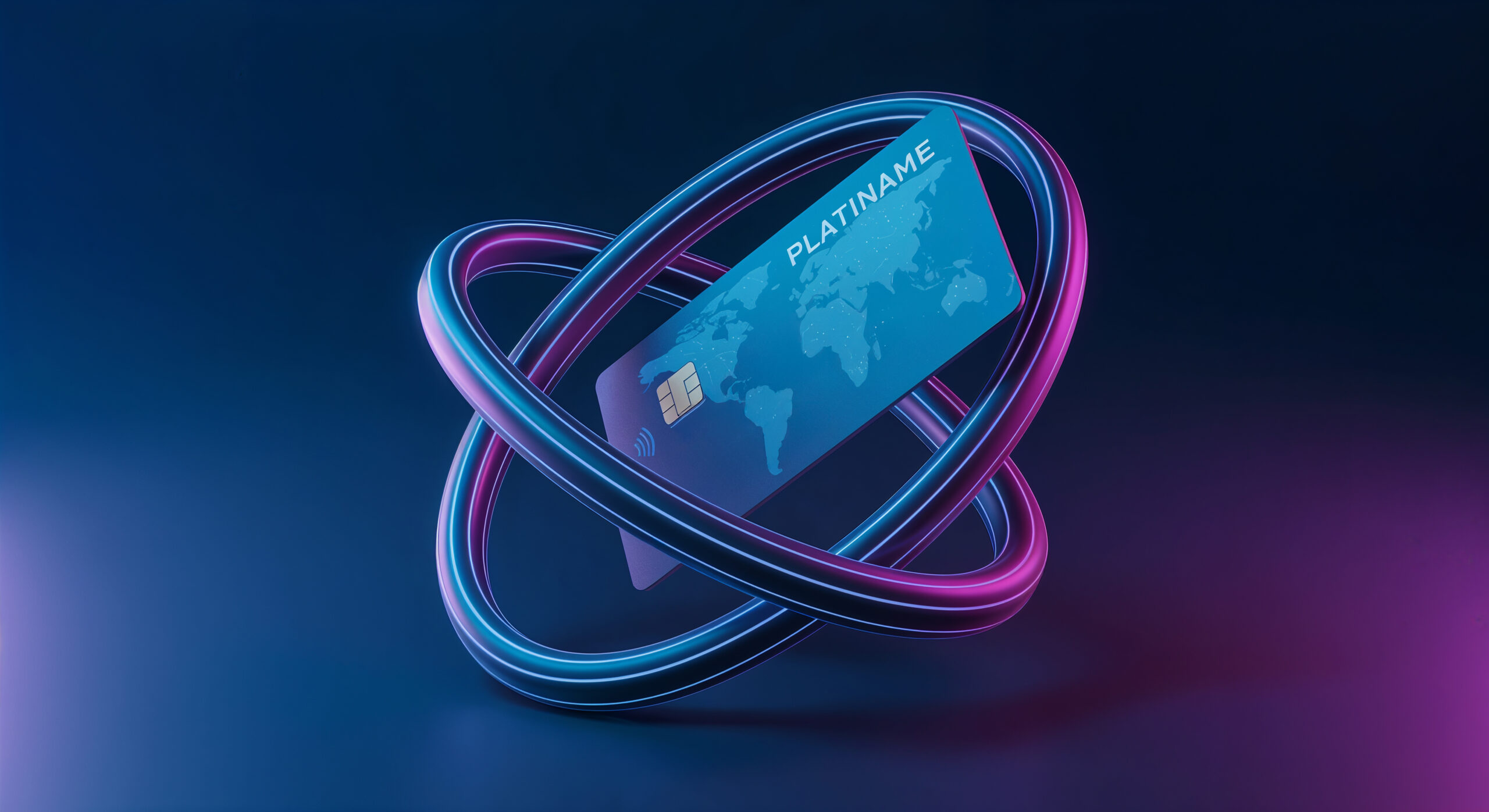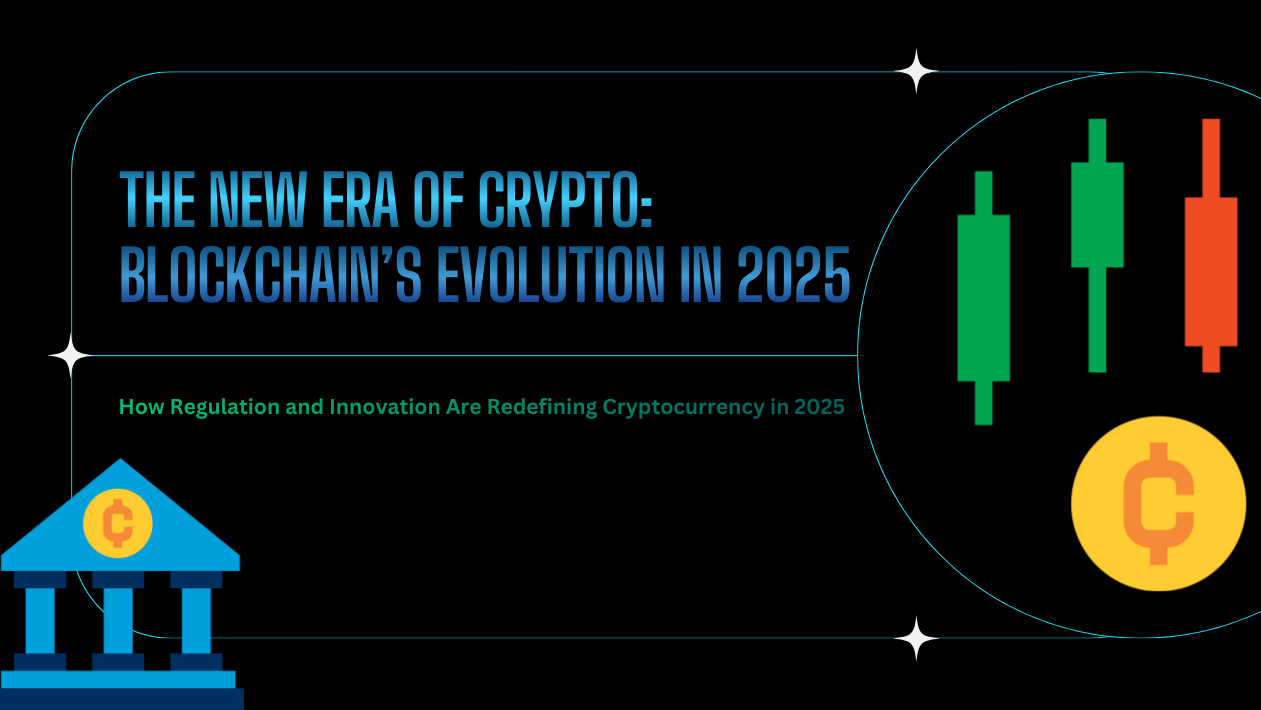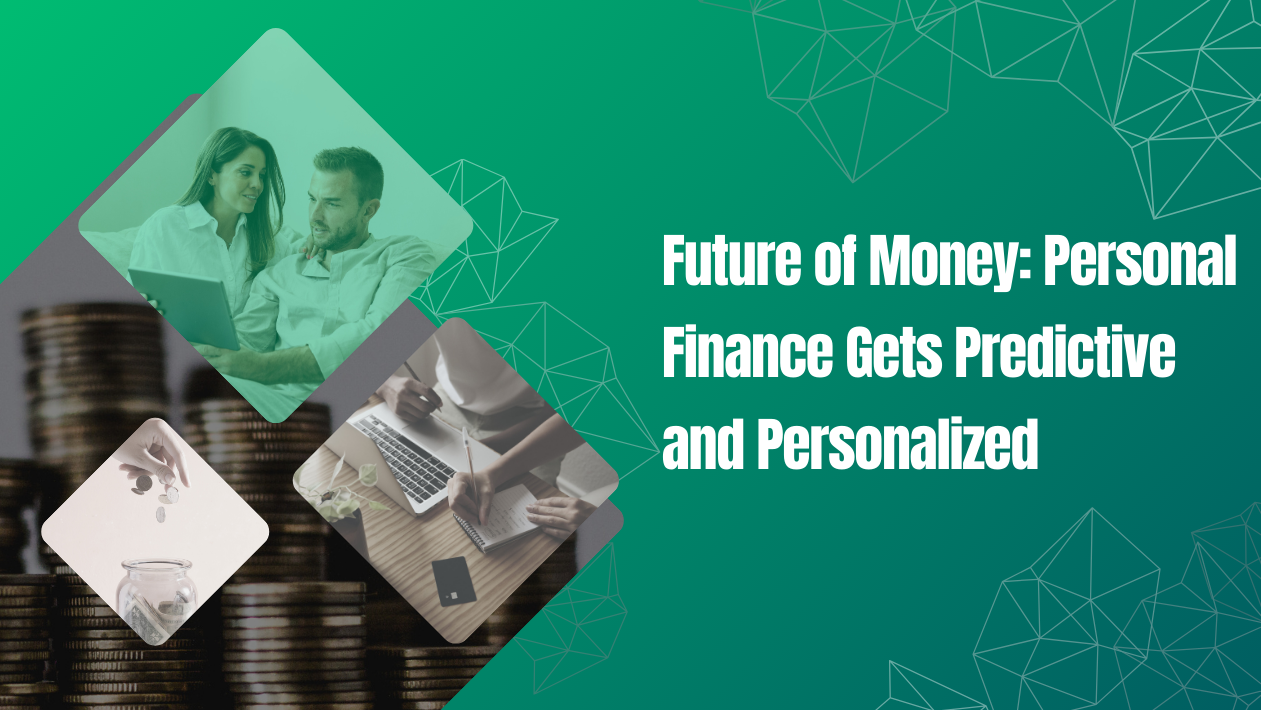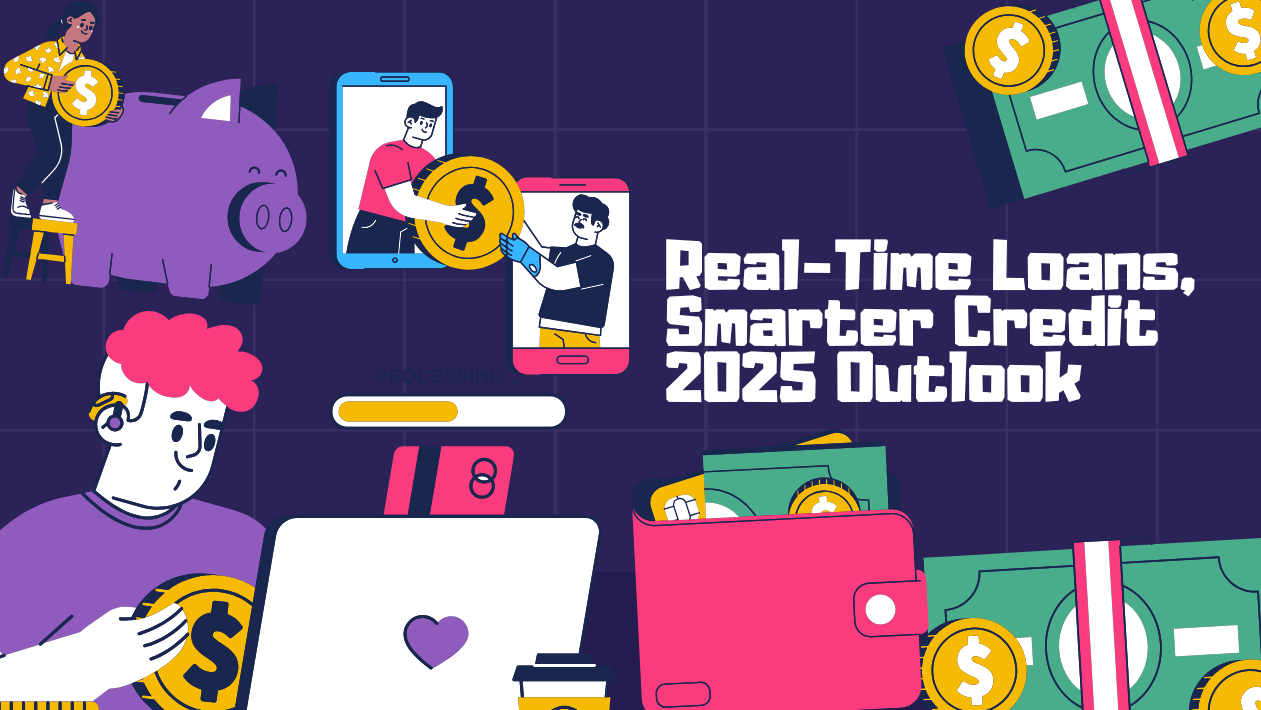The lending and credit landscape is undergoing a transformative shift in 2025, driven by advances in AI underwriting, open banking, and the use of alternative data. From instant digital loans to BNPL (Buy Now, Pay Later) models, consumers and businesses now enjoy faster access to credit, personalized rates, and greater transparency than ever before.
According to a report by Accenture, global digital lending volume is projected to exceed $7.5 trillion by the end of 2025, with non-traditional lenders and fintechs capturing a growing share of the market.
AI-Driven Underwriting Expands Credit Access
Fintech lenders like Upstart, Zest AI, and Tala are using machine learning models to evaluate creditworthiness based on a wide range of variables—such as education, employment history, mobile data, and utility payments—rather than relying solely on traditional credit scores.
This innovation is helping underserved populations, including students, gig workers, and migrants, gain access to fairer and faster credit decisions.
Embedded Lending Becomes the New Normal
In 2025, credit is no longer something you apply for—it’s offered contextually and instantly where and when you need it. Whether checking out on an e-commerce site, booking a vacation, or managing B2B invoices, embedded lending solutions are being built into everyday platforms.
Companies like Stripe, Square Capital, and Amazon Lending are enabling merchants and consumers to access financing with just a few clicks.
Open Banking Powers Personalized Loan Offers
With open banking regulations now in place across Europe, Asia, and parts of North America, lenders can access real-time financial data—such as income streams, spending habits, and cash flow—directly from user bank accounts (with consent).
This enables hyper-personalized lending products, better risk scoring, and lower default rates. It also fosters more competitive interest rates tailored to individual borrowers.
BNPL and Microcredit Evolve with Regulation
The Buy Now, Pay Later boom continues, but now with increased regulation and consumer protection. Providers like Klarna, Afterpay, and Affirm are evolving into regulated credit providers, offering longer-term financing options, interest rate transparency, and credit bureau reporting.
In developing markets, microcredit platforms are gaining ground, helping small businesses and individuals meet urgent financial needs with low-interest, short-term loans.
Blockchain and DeFi Lenders Enter the Mainstream
Blockchain-based lending platforms are gaining traction, especially among crypto-native users and global SMEs. Protocols like Aave, Maple Finance, and Goldfinch offer decentralized loans backed by smart contracts and stablecoins—with growing attention from institutional investors.
Real-world asset (RWA) integration in DeFi is bridging the gap between crypto and traditional finance.
Credit Scoring Gets Smarter—and Fairer
Credit bureaus are now partnering with fintechs to create next-generation credit scoring models that incorporate non-traditional data like rent, phone bills, and even social signals (in privacy-compliant ways). This is especially important in countries where credit histories are sparse or non-existent.
Outlook: A Smarter, Faster, and Fairer Lending Ecosystem
Lending in 2025 is no longer defined by paperwork and long waits. With AI automation, real-time financial data, and innovative lending platforms, access to credit is now more inclusive, responsive, and customer-centric than ever before. The next phase will see greater integration of sustainability scoring, ethical AI, and global credit portability.





